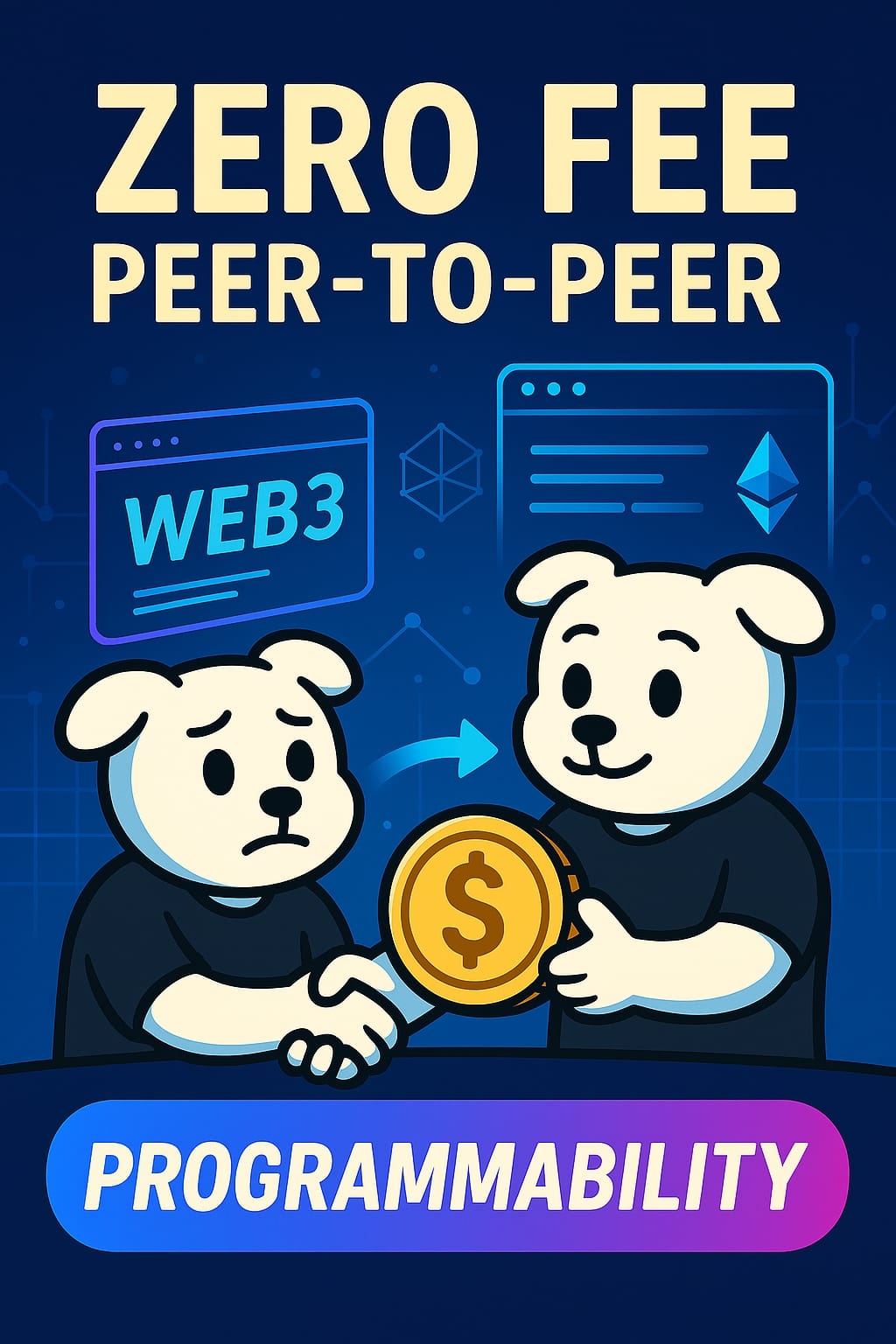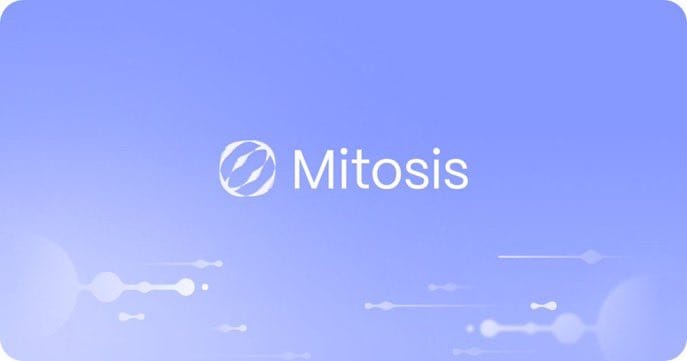Zero-Fee Peer-to-Peer Transfers: Real Utility or Market Capture Strategy?

Let's get down on it quickly 😀 In June 2024, Tether,the company behind the world’s most widely used stablecoin made headlines again.
This time, not for regulatory drama or another blockchain integration, but for something arguably more disruptive: launching a new blockchain that enables zero-fee P2P transfers using native USDT.
On paper, it sounds like a dream. Send value across the globe in seconds without paying a dime in fees. But behind the headline is a bigger question: Is this move a genuine step toward broader financial access, or a calculated strategy to dominate the settlement layer market? Let’s unpack what’s going on and why it matters.
•What Tether Is Building?
The new Tether-native chain still in its early testnet stages positions itself as a lean, purpose-built blockchain focused on efficiency, predictability, and simplicity.
Most notably, it introduces zero-fee peer-to-peer transfers, meaning anyone can send USDT directly to another wallet without incurring any transaction fees.
No gas. No network fees. Just direct stablecoin value movement.
This radically departs from the norm across most blockchains, where users pay variable gas fees in native tokens (like ETH or SOL). Even so-called "cheap" networks still charge a fraction of a cent per transaction.
Why Zero-Fee Transfers Matter
At first glance, this feature is a major win for users, especially in emerging markets or high-volume corridors:
➤ Remittances become seamless and fee-less.
➤ Everyday payments (e.g., tipping, paying rent, sending allowances) can scale without cost overhead.
➤ Microtransactions long considered unfeasible on-chain suddenly make sense.
In essence, Tether is removing a core friction point that has historically prevented crypto from becoming a true alternative to traditional finance rails.
But here’s the twist: every economic decision has a cost. So, who’s footing the bill?
The Economics: How Can Zero Fees Be Sustainable?
This move prompts an important question: how is Tether funding the network?
There are a few possible answers:
1. Pre-funded Validator Incentives
Tether could subsidize validators or infrastructure providers using revenues from its USDT reserves or operations. With billions in interest-bearing assets backing USDT, it likely has the liquidity to float network costs for now.
2. Enterprise Features as Monetization.
The base P2P layer may be free, but future value-added services (like KYC tools, compliance integrations, or institutional settlement APIs) could be monetized. Think of it as a "freemium" model.
3. Lock-in and Network Effects.
The real payoff may come from network dominance. If Tether can establish its chain as the default place for free transfers, it creates sticky network effects ,leading to more volume, more liquidity, and ultimately more control over stablecoin infrastructure.
This would echo the playbook of Web2 giants like Google and Facebook, where services are “free” but the strategic data and market position are the real prize.
The Competitive Landscape: Should Other Chains Be Worried?
Yes and no.
Stay with me 👀 Ethereum, Solana, and BNB Chain have each built robust ecosystems around programmability, DeFi, NFTs, and more. They’re not solely focused on payments.
However, payments and stablecoins represent crypto’s clearest path to mass adoption. If Tether captures this layer especially with zero-fee transfers it could siphon away casual users and payment apps that don’t need smart contracts or DeFi.
Layer 2s (like Optimism and Base) and emerging payment-focused chains (like Celo) may feel pressure to match or respond.
The fee war could intensify, forcing other networks to rethink their economic models.
At worst, it creates a race to the bottom on fees. At best, it encourages real innovation in making blockchains cheaper and more accessible.
•Signal or Noise? What This Means for the Future
Zero-fee P2P transfers are more than just a marketing gimmick. They’re a signal.
They signal that:
➤ Stablecoins are evolving into full settlement platforms, not just tokens.
➤ Users want predictability, simplicity, and speed ,not complicated gas mechanics.
Tether is thinking bigger ,beyond being a stablecoin issuer and toward becoming a core part of the blockchain stack. But there’s also a note of caution. Free services often come with hidden tradeoffs, centralization, dependency, or loss of control.
If Tether’s chain becomes too dominant, it could recreate the very power dynamics Web3 was supposed to avoid.
💭 Final Thoughts:
Whether this move is born from altruism, economic advantage, or competitive pressure doesn’t really matter. What matters is the user experience and zero-fee transfers are a massive UX win.
But don’t let the “free” label fool you. This is also a power play. By making stablecoin transactions effortless, Tether is moving to own the base layer of crypto finance.
The real question is: will other players innovate fast enough to keep up or will they just try to compete on cost?
Either way, the fee war is just beginning and users are finally winning.
References
1. Tether Announces New Blockchain With Zero-Fee P2P Transfers https://www.coindesk.com/tech/2024/06/12/tether-launches-native-usdt-blockchain-to-reduce-gas-fee-volatility/
2. Tether CTO Explains Economic Model Behind Gas-Free Transfers Paolo Ardoino (CTO of Tether) https://www.theblock.co/post/302333/tether-stablecoin-chain-no-gas-fees
3. The Growing Influence of Stablecoins in Global Payments
https://www.imf.org/en/Publications/WP/Issues/2023/09/18/The-Rise-of-Stablecoins-and-Payments-465960


Comments ()